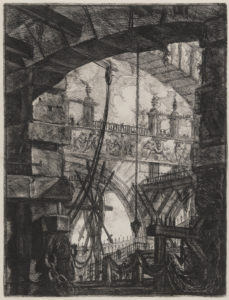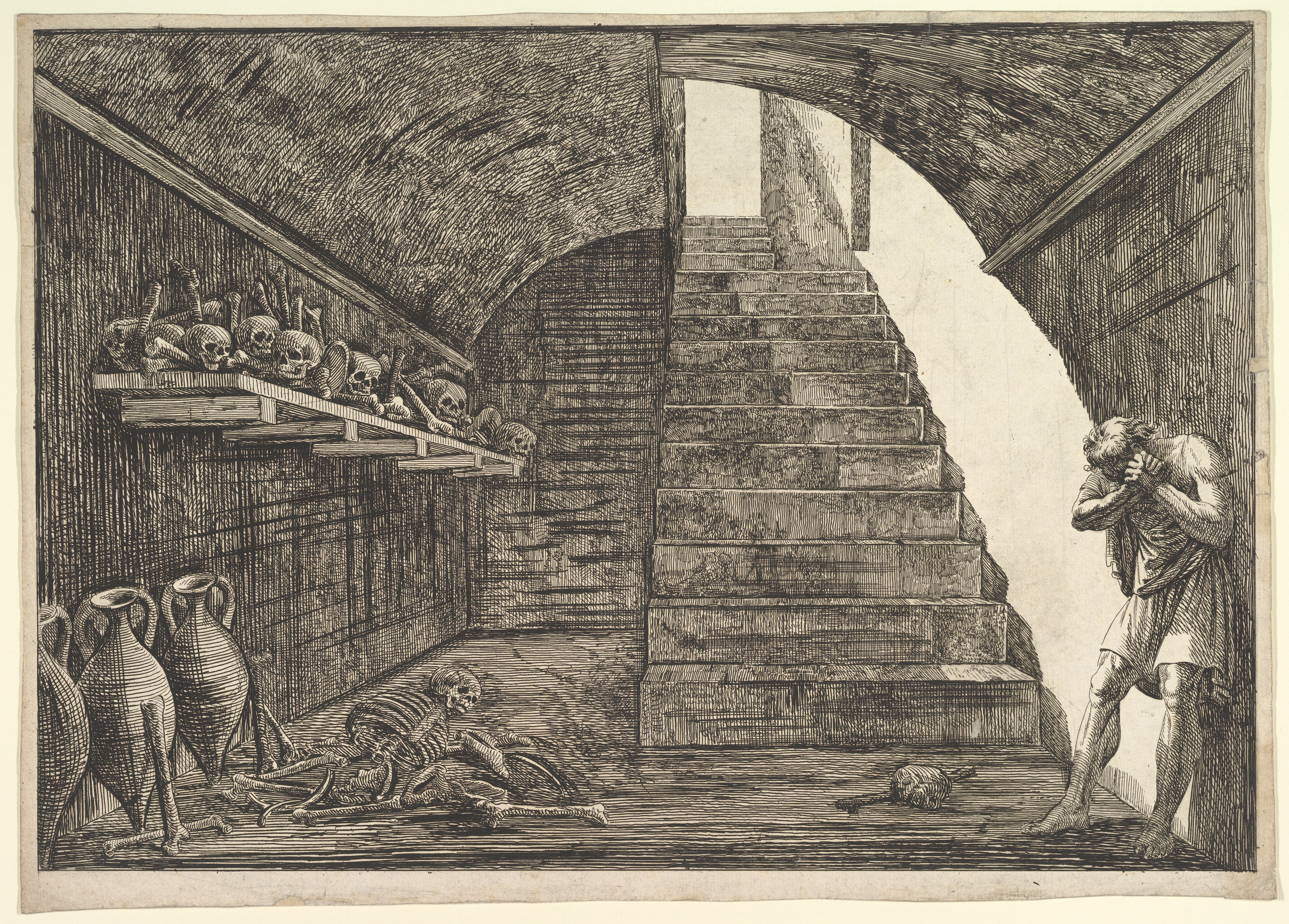

Travelling as part of a Venetian papal delegation, he became fascinated with the remains of Ancient Rome, and argued for its importance against an intellectual consensus that had deemed it inferior to Ancient Greece. Image courtesy of Dietmar Katz / Kunstbibliothek der Staatlichen Museen zu Berlinīefore creating his fictions, Piranesi had first mastered the study of surviving architecture.

Sketch of an altar for the Church of Santa Maria del Priorato on Rome’s Aventine Hill. Enthralled by antiquity, he chose the medium of etching and printmaking, which seemed to embody within it the passage of time, giving even his invented works the sense of having a past. While he is buried at the Church of St Mary on the Aventine, a minor treasure he worked to restore between 17, his genius lay in print, specifically in the exploration of the realms outside extant architecture the unbuilt, the demolished and the derelict.Ī Venetian by birth and outlook, he belonged to the capriccio tradition of imaginary, or composite, cityscapes. While proudly declaring himself an architect, Piranesi built very little.

The latter was an artist and an architect a Venetian and a Roman the last of the Ancients and the first of the moderns a visionary who studiously documented imperial ruins while predicting the ‘dark Satanic mills’, in Blake’s words, of the coming Industrial Revolution a prophet who spent his days recreating the past a designer of heaven and hell. Often depicted with two faces gazing in opposite directions, this was a god who reflected Piranesi’s nature. Its colossal arches hinted at the nature of the Roman god to whom it was dedicated – Janus, the god of gateways, journeys and change. Read Piranesi, you will be rewarded for entering The World.In 1748, Giovanni Battista Piranesi depicted the Temple of Janus overgrown and in a state of disrepair. I would have also like to understand more of the motivation behind some people’s actions, but perhaps that will be for a sequel. Keeping track of that wasn’t too difficult. There aren’t many characters to juggle here, however, at times character’s names change. I won’t do you the disservice of revealing any sort of plot details because the joy of seeing and feeling it all unfold is why you come to read this book in the first place. This short, very accessible book should do well.Īnd it does take a bit to get going (surprising for such a short book), but once things are set into motion, the intricacies of all characters coalesce into a fulfilling climax. Piranesi feels like a “Hey, look fiction can be awesome!” advertisement. Now, I’m not a big fiction reader, but for those that knock fiction, why? Fiction is every bit as powerful as non-fiction, and in some cases can be more incredible than its fact-based counterpart. In the book, you’ll see all of Piranesi’s names used in some form and I’m sure that’s no accident. His work is almost immediately intricate as it is somehow familiar when you see it. Piranesi is perhaps inspired by Giovanni Battista Piranesi, an artist who created labyrinthian worlds in etchings. Not purposely, but I devoted an entire afternoon to soak up the constructed world that is “The House.” It is hard to imagine for me that a book of mere 272 pages could be so interesting and layered. As it all unravelled in front of me, I descended deeper. I felt as if I was the rather innocent Piranesi himself, picking up clues yet not knowing exactly the grander significance. Every so often a book comes along that, once I start reading it, I’m so deeply enthralled that I absolutely must finish.


 0 kommentar(er)
0 kommentar(er)
